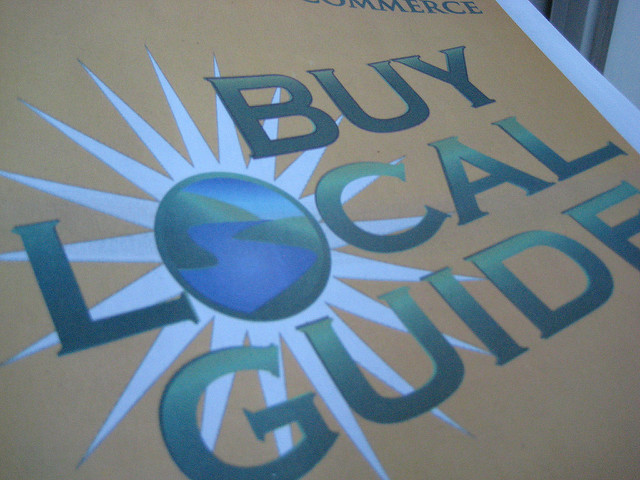
Buying products that are locally grown or made in your community is a great way to bolster your local economy and support small businesses in your community. Unfortunately being able to tell which products actually come from near the area where you live can be next to impossible, thanks to lax regulation and bullshit on the part of international conglomerates.
According to USA Today (disclaimer: I occasionally write for their tech site, Reviewed.com), many of the state branding programs put in place to inform consumers of where the the food that they're buying comes from don't mean a damn thing. This is because many of the food branding programs currently in place allow for up to half of the ingredients in a product to come from out of state.
Over the past four months, USA Today had reporters in their network hunt down the laws and regulations surrounding how locally-sourced products are presented for sale. Of the 45 states that rock these branding programs, 18 of them set no minimum requirement for how much locally-grown content needs to be in a product to earn a state brand. Worse still, 36 of the 45 states have no annual inspection process to be able to vet whether companies are actually using locally sourced ingredients in their products. And even if they were to get caught for lying about what's in the junk they make, 40 of the states with local source branding programs have no penalties for mislabeled products. So, a company could falsely claim to be making cookies in your basement and they wouldn't face any consequences for doing so.
The best part of all of this? A lot of these locally or state-grown advertising programs are funded by our tax dollars.
Classy.
The best way to avoid dealing with this kind of nonsense is to shop from farmers markets where you can buy fruits, vegetables and meat right from the source. Beyond this, question what you buy: read the ingredients labels of the items you're thinking of putting in your shopping cart. If it smells like bullshit, there's a good chance that it is.
Image via Flickr, courtesy of Eugene Peretz


